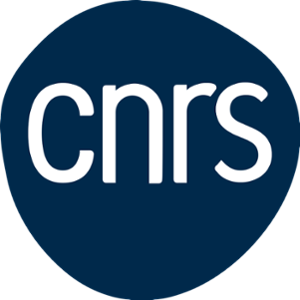| teacher | face to face hours | working hours | ects |
|---|---|---|---|
| Claire Guerrier (McGill University CA / LJAD) | 30 | 60 | 6 |
Description
The goal of the class is to present methods in applied mathematics, modeling and simulations to study computational problems in neuroscience at the molecular and cellular level. We will study neuronal structures at different scales, form synapses to neural networks. From specific examples, we will develop mathematical models and their analysis to determine how the properties of neurons at the molecular level shape their activity and propagate to the network level. This change of scale will be formulated and analyzed using several tools such as partial differential equations, stochastic processes and numerical simulations. We will first consider the classical electrical circuit analogy for modeling signal propagation in neurons, and its limitations. We will mainly develop two examples: a model of neuronal network (the pre-Botzinger Complex), and a model for the myelinated axon. In a second part, we will develop a model for short-term plasticity at the pre-synaptic terminal. Using the mean first passage time theory, we will coarsely grain the problem, initially formulated using a reaction-diffusion system in a complex geometry, into fast stochastic simulations.
Learning outcomes
- Build a mathematical model from results coming from experiments. Choose the correct representation (deterministic, probabilistic), write the system of equations/any mathematical representation of the problem.
- Numerical simulations: write a code to solve a simple PDE, simulate a Brownian motion, code a Gillespie algorithm.
- Understand the math/physics behind diffusion/brownian motion, numerical schemes, chemical rate equations.
Course plan
- Signal transmission in myelinated axons: we will build a model for signal propoagation in myelinated axons. We will introduce the following: Hodgkin-Huxley formalism / Finite elements simulations / Fourier transforms and Fourier Series / Poission-Nernst-Planck / Tsodycks Markram model / Modeling short-term plasticity in the pre-synaptic terminal
- Modeling short-term plasticity in the pre-synaptic terminal: we will build a model of the pre-synatpic terminal to investigate what are the main effectors regulating short-term plasticity. We will introduce the following: Chemical master equation / GIllespie simulations / Mean first passage time theory and simulations / Conformal transforms / Matching asymptotics / Markov chains
















